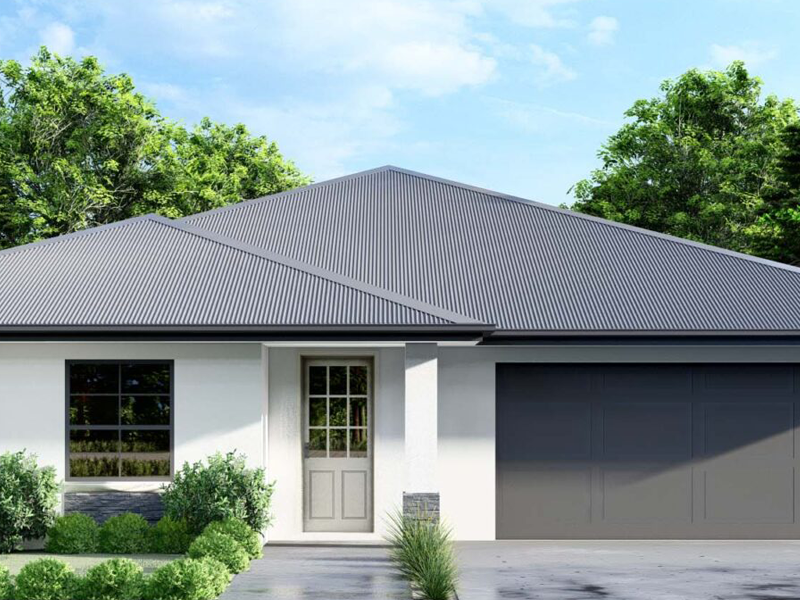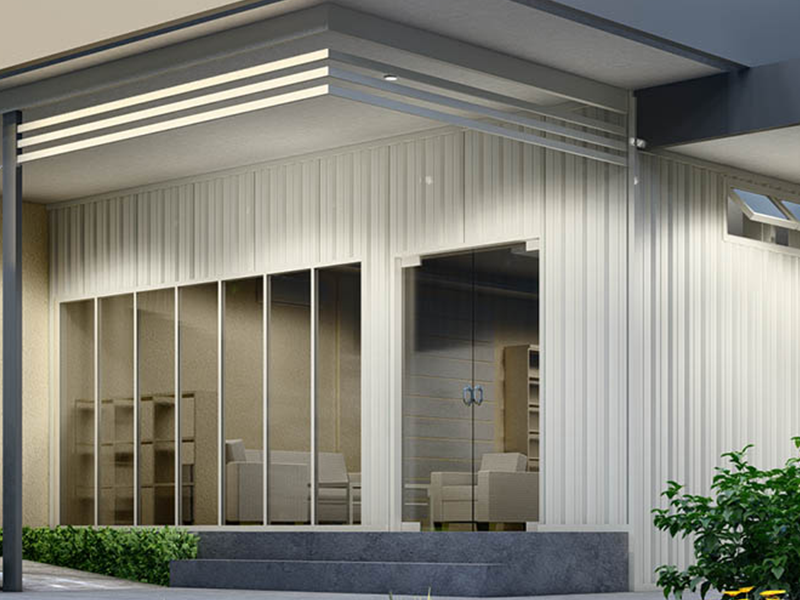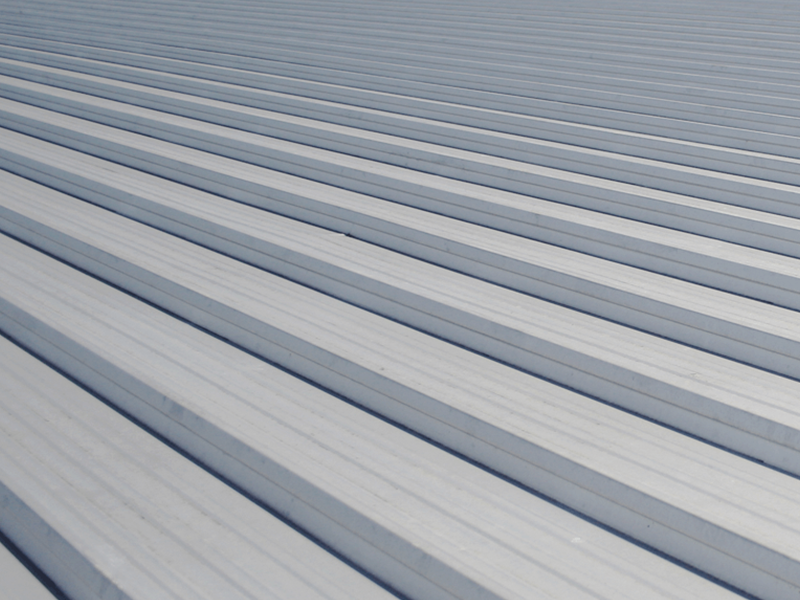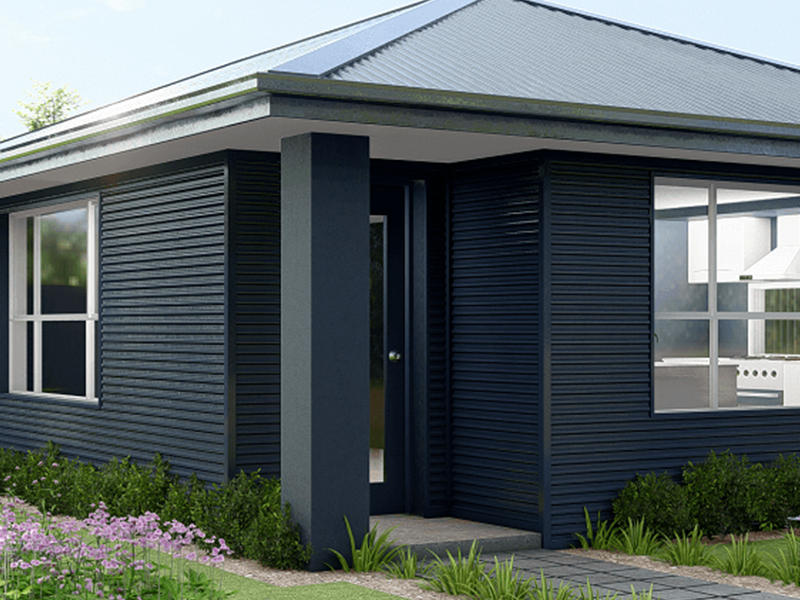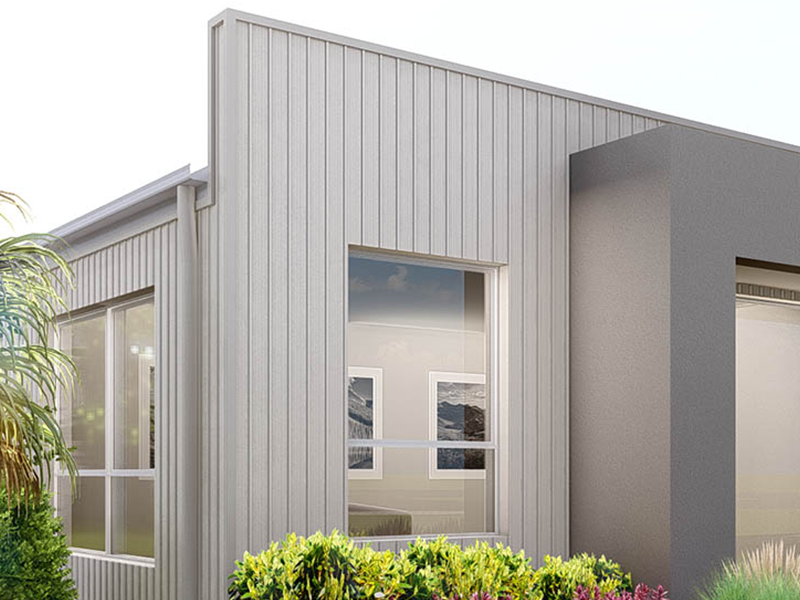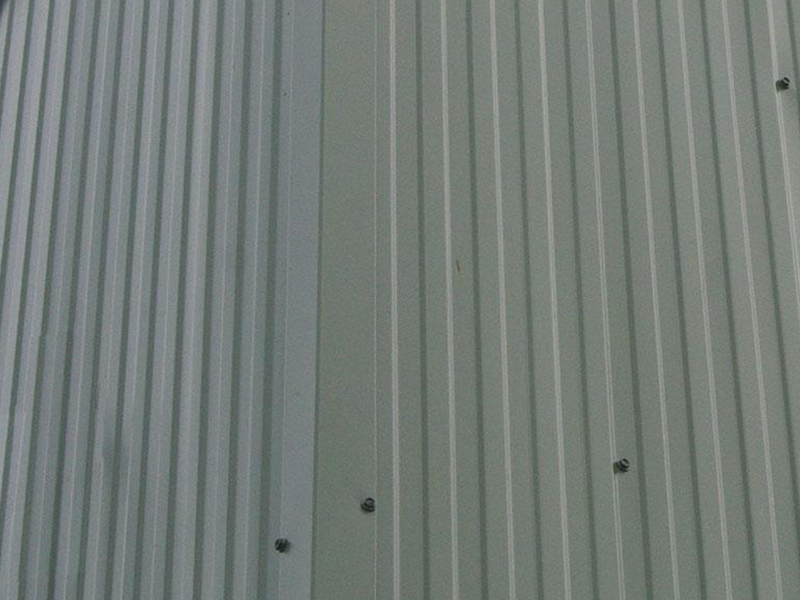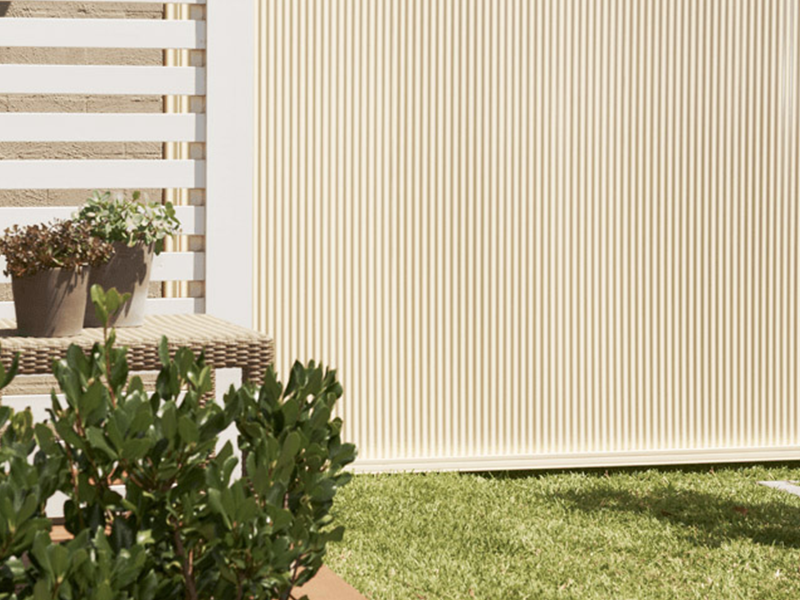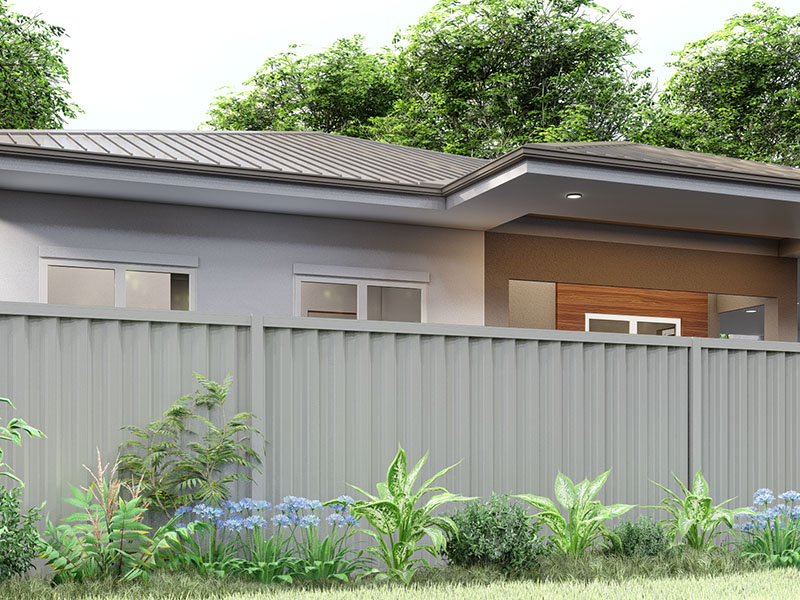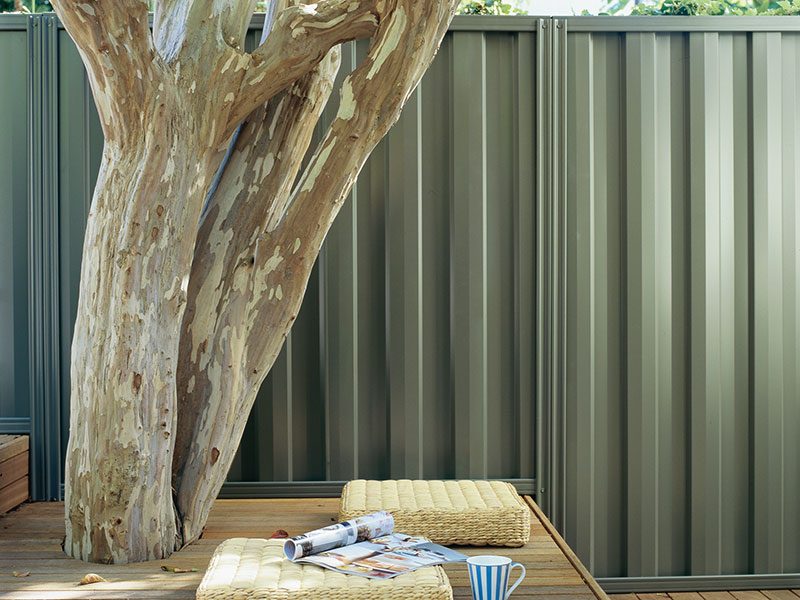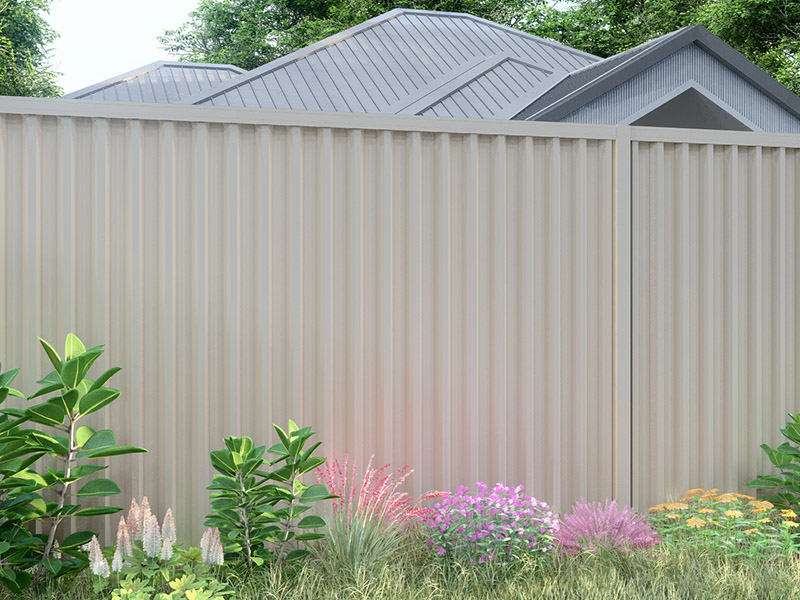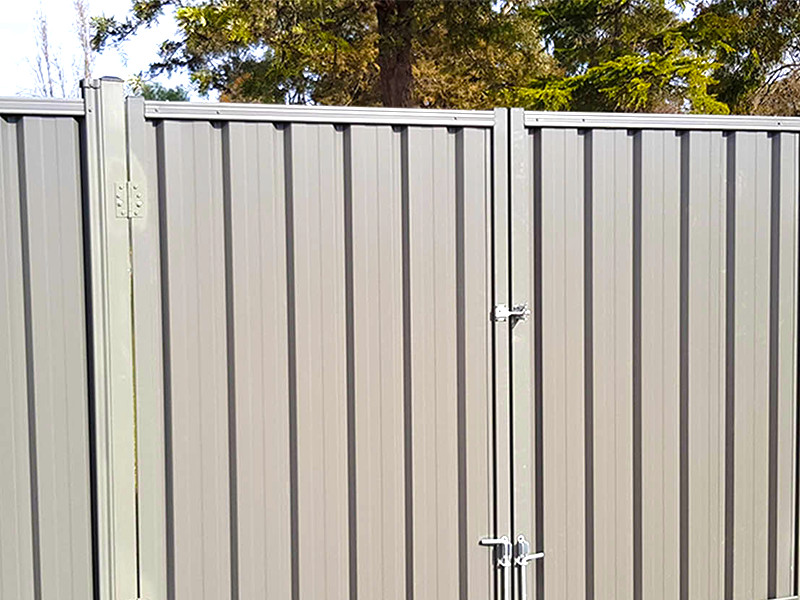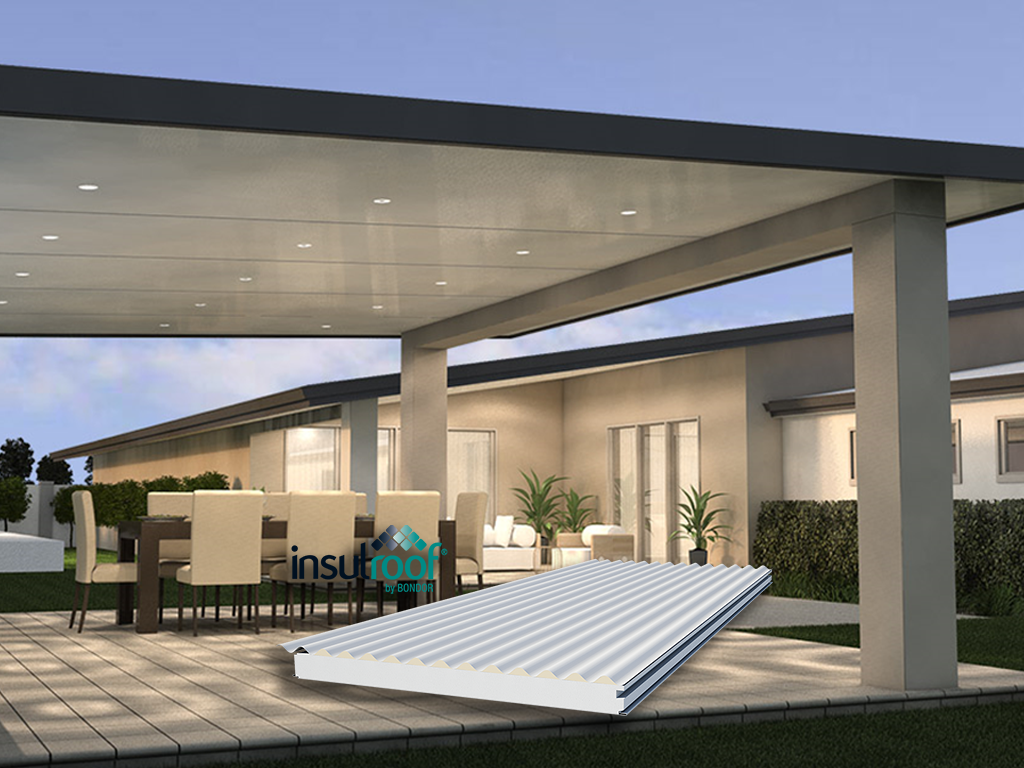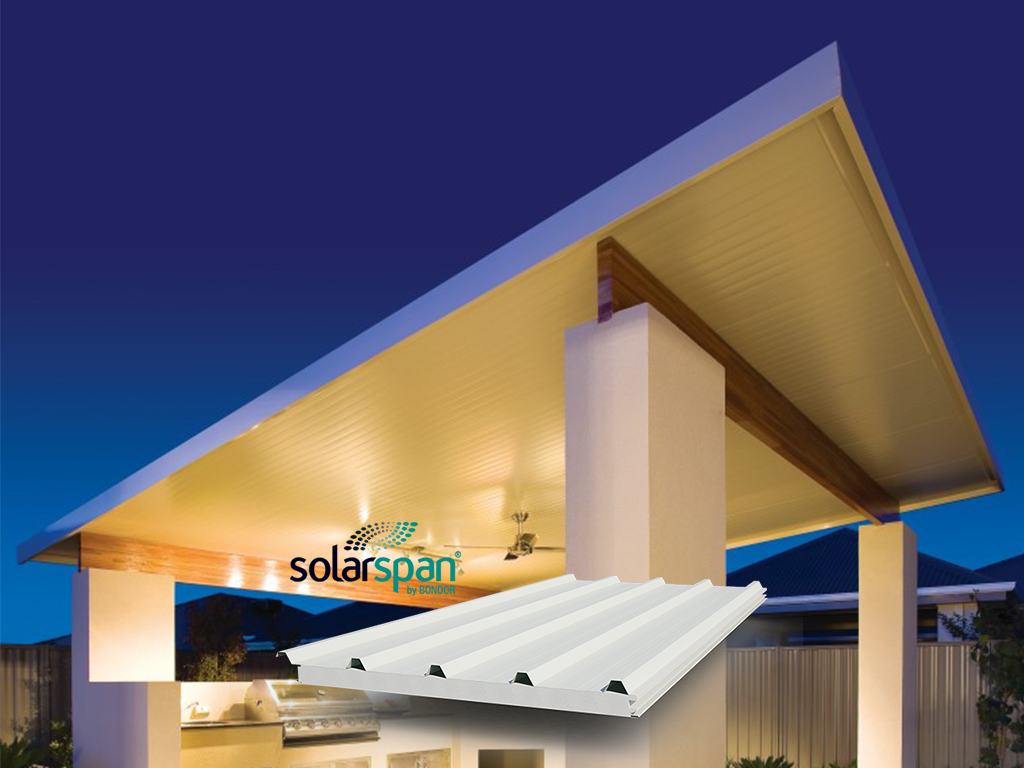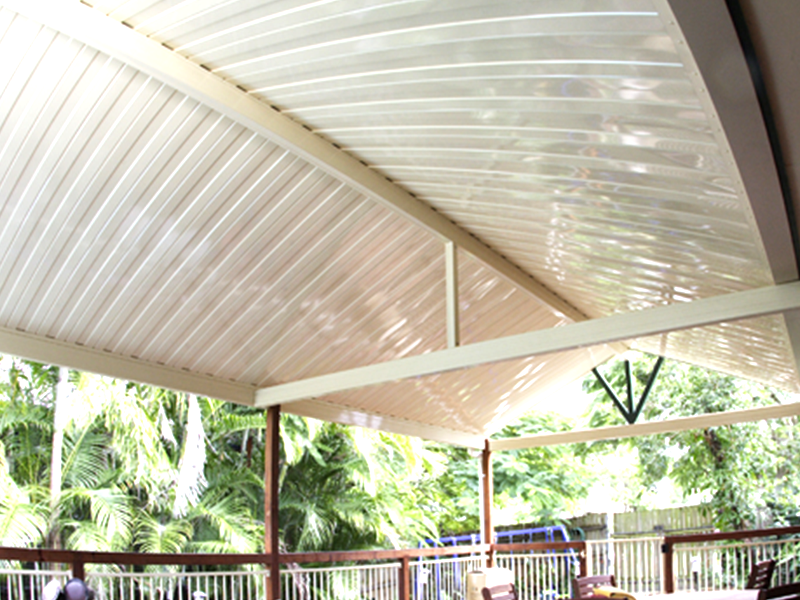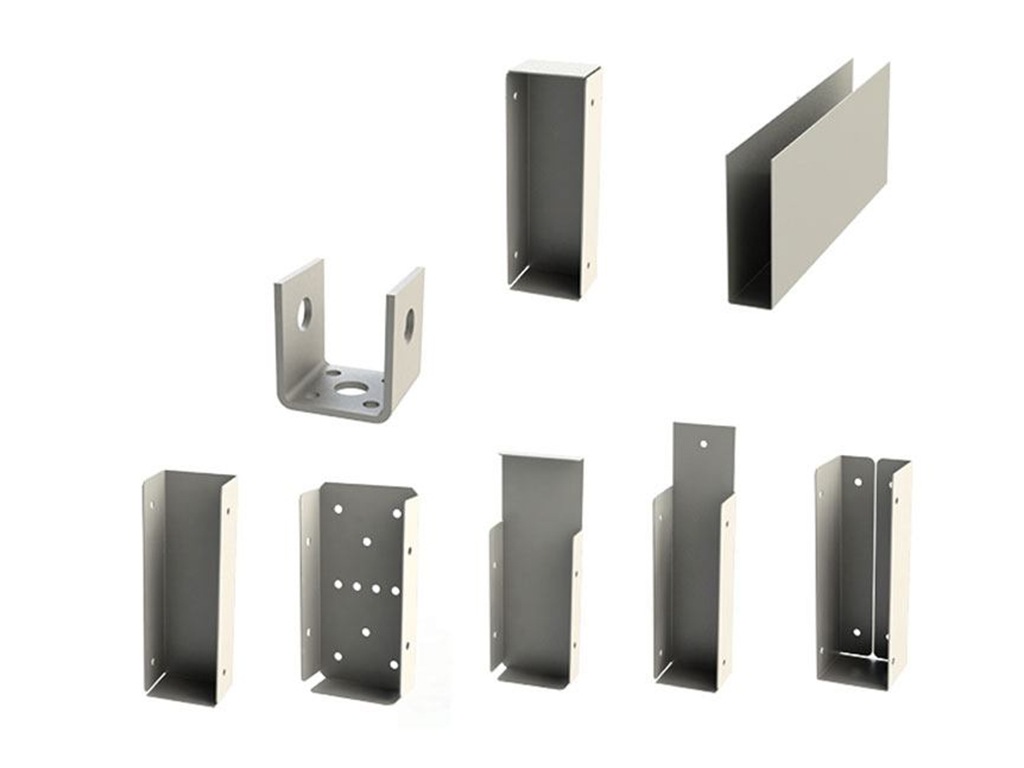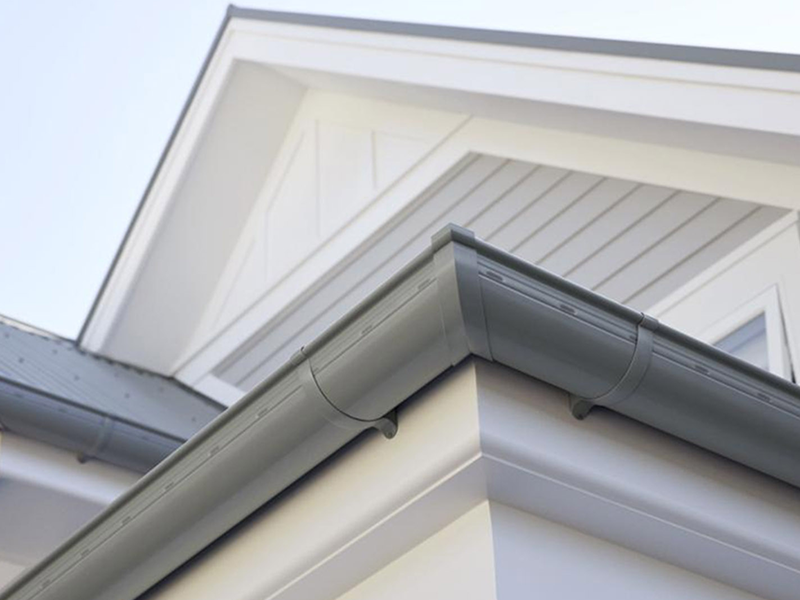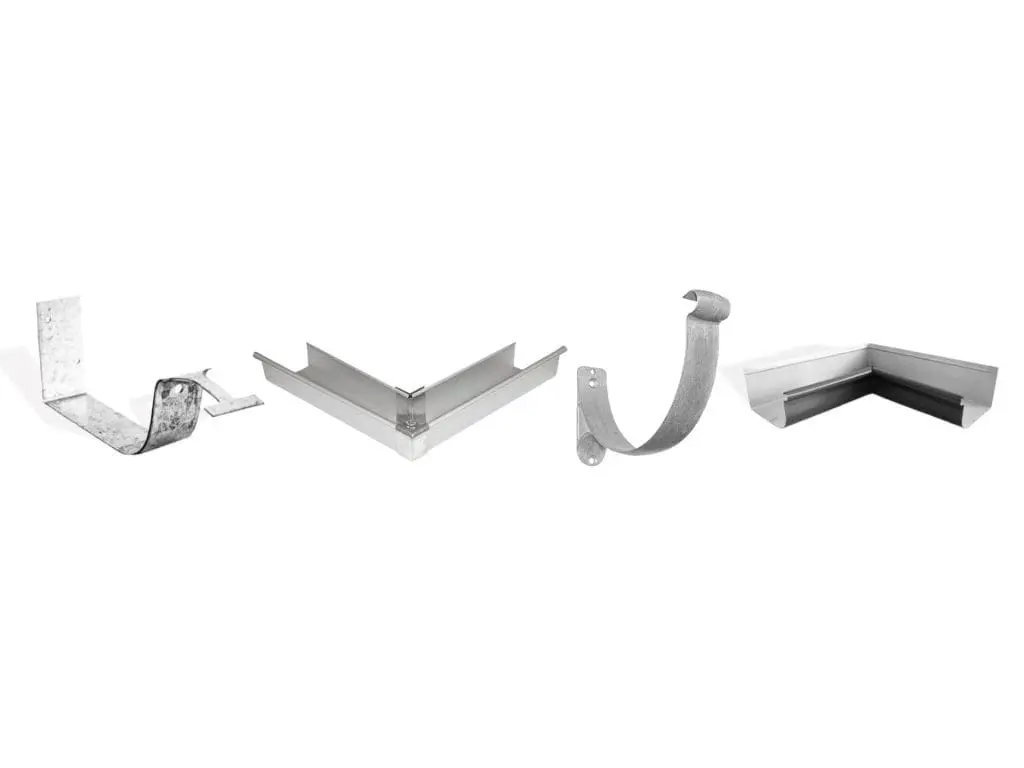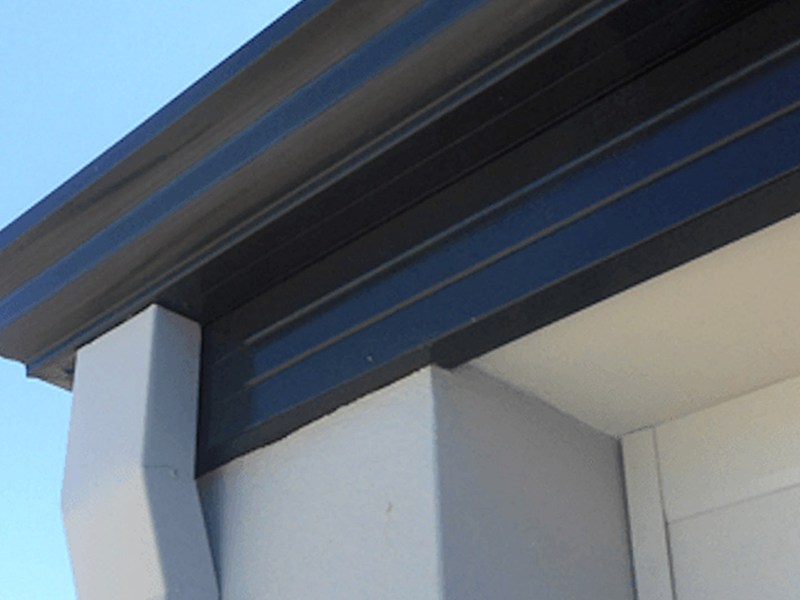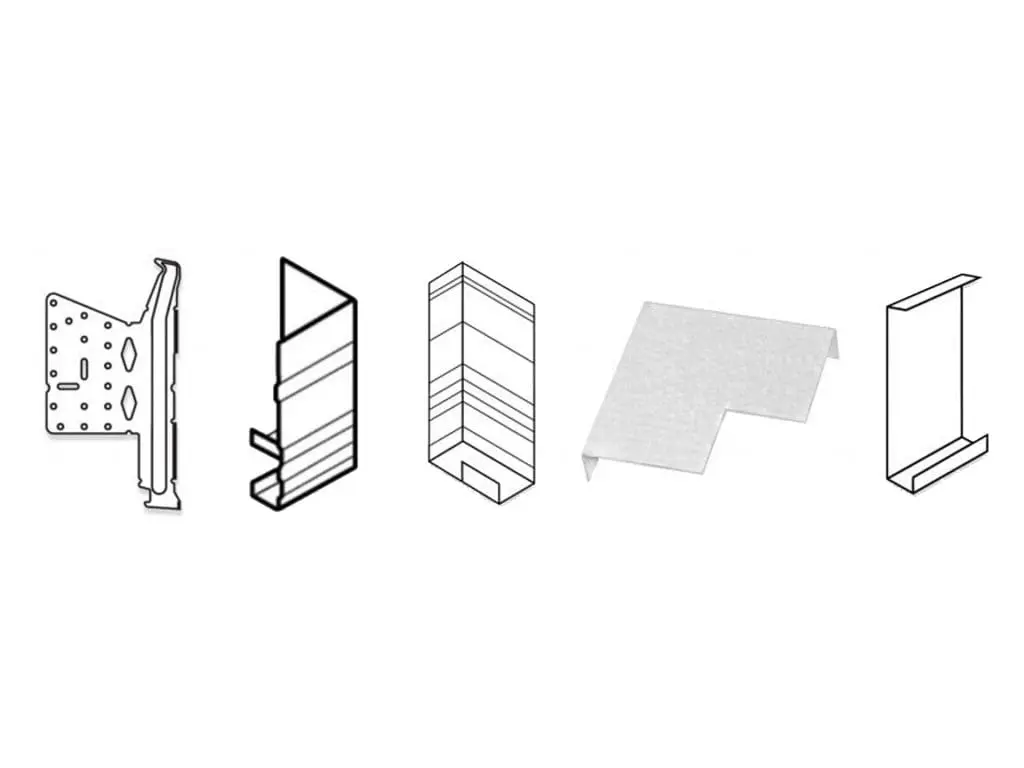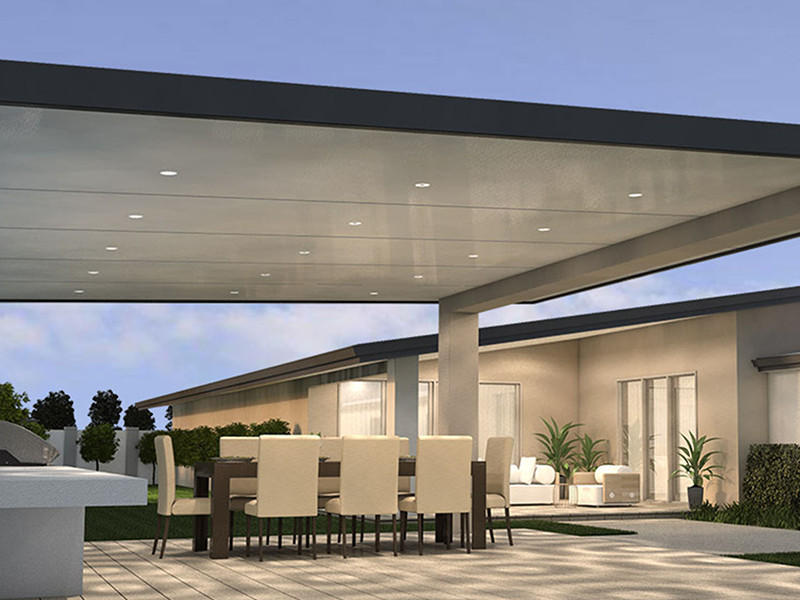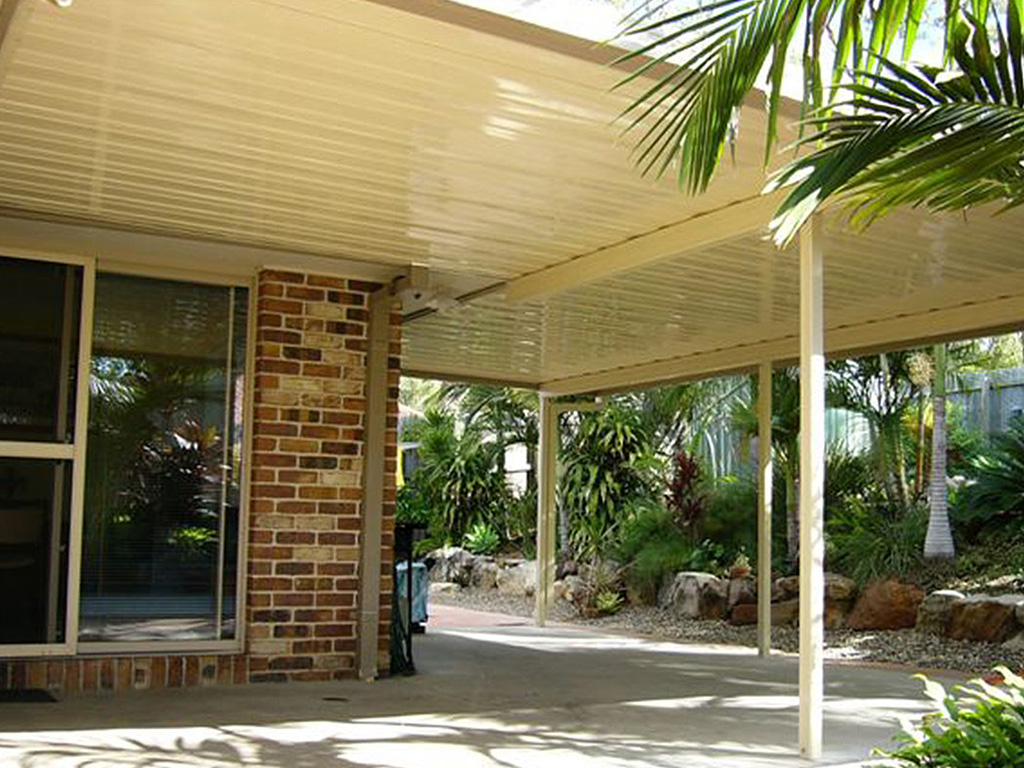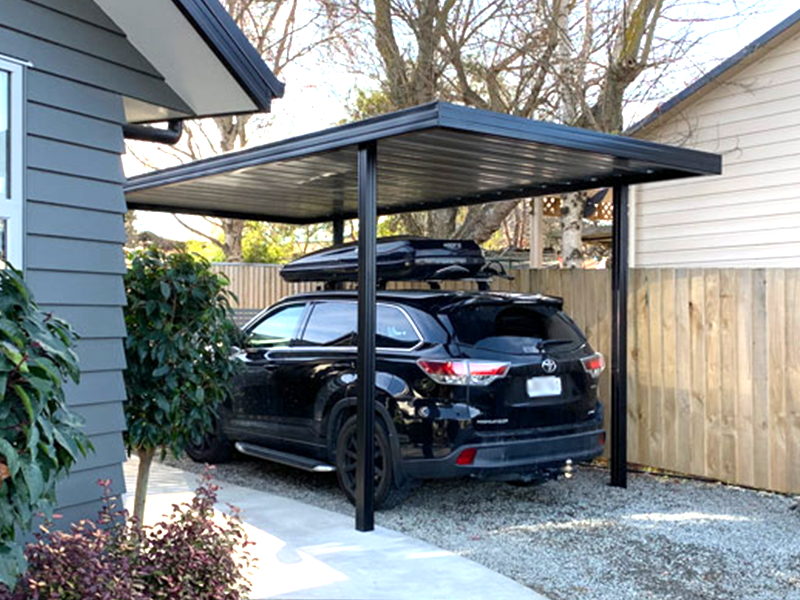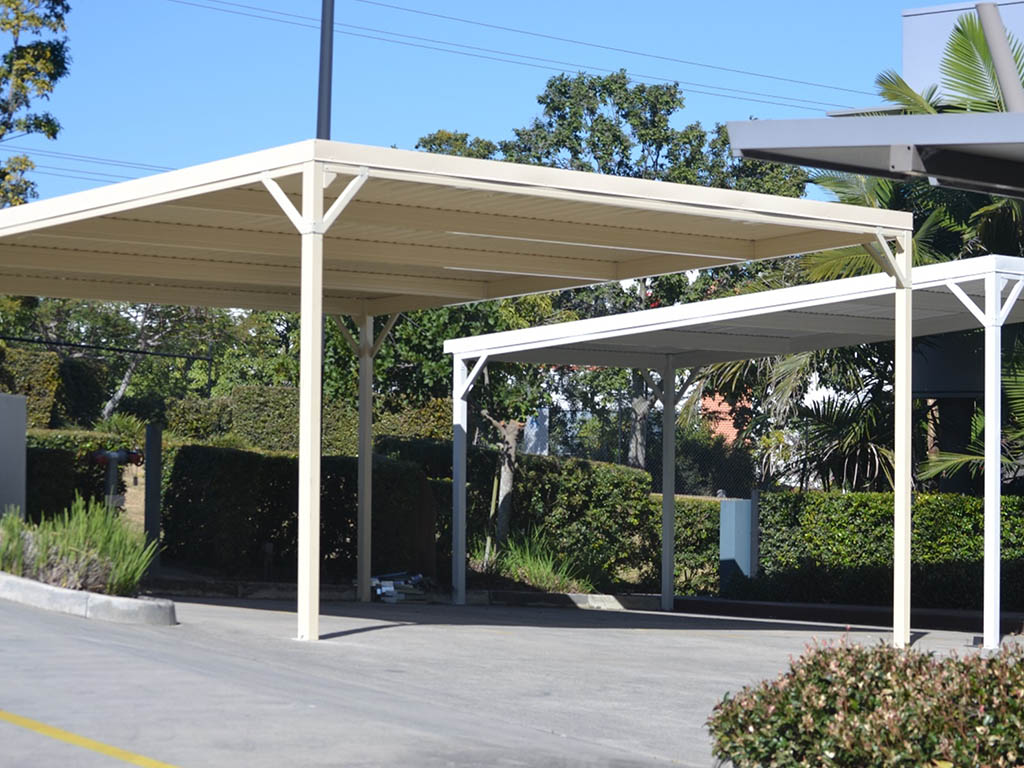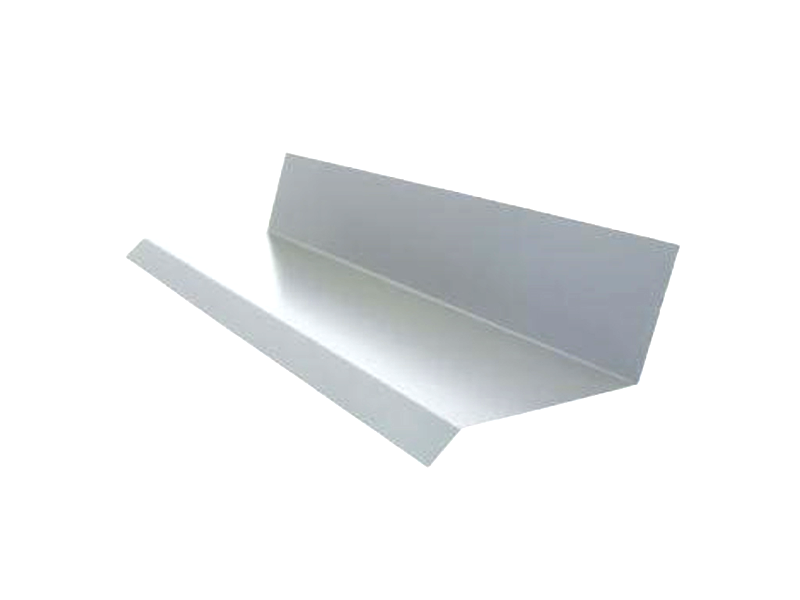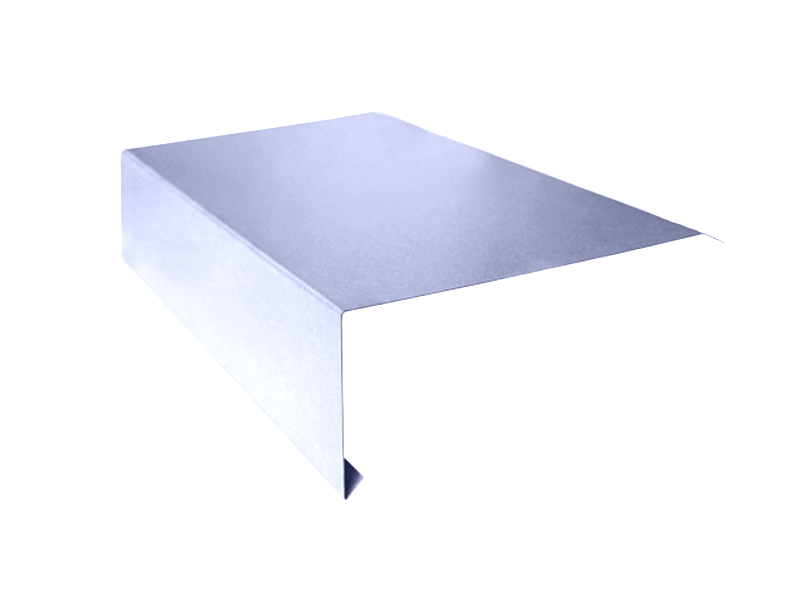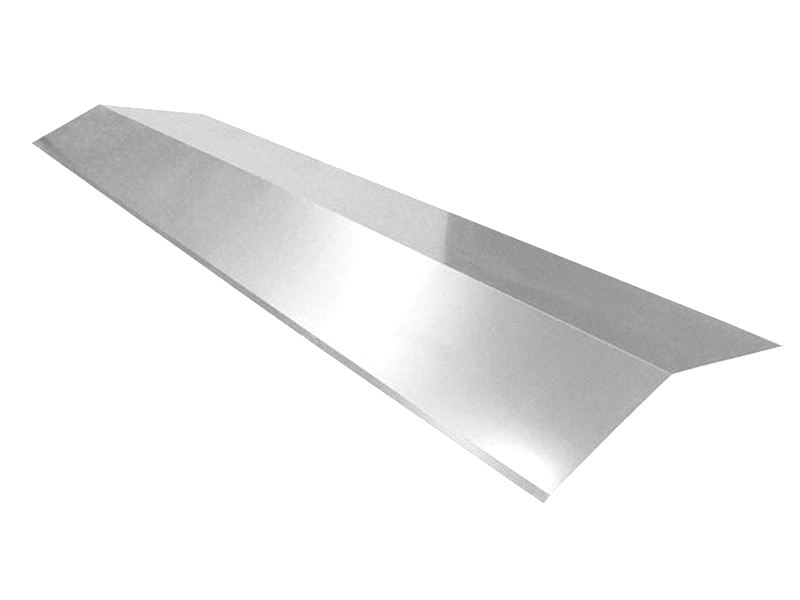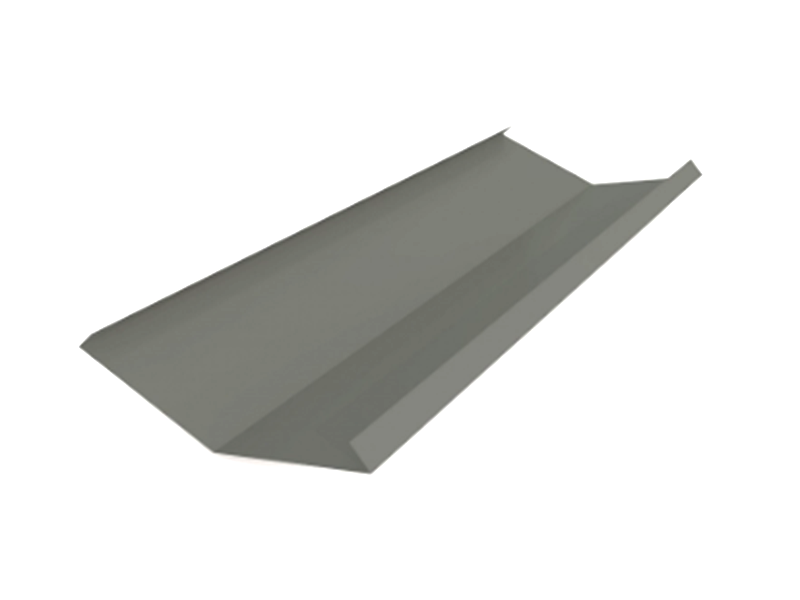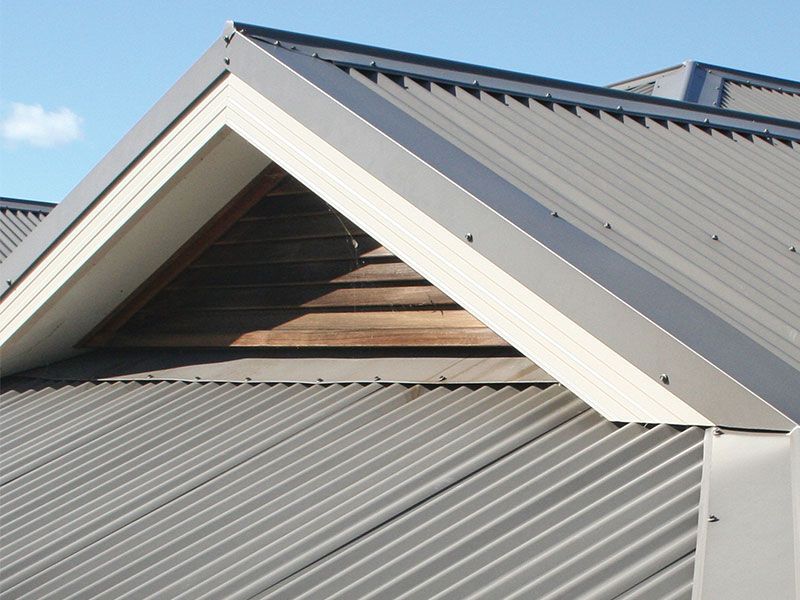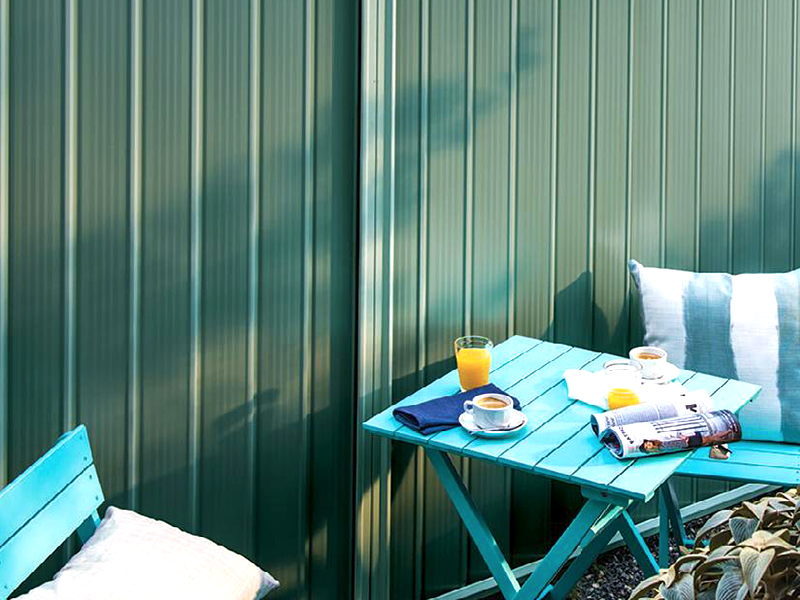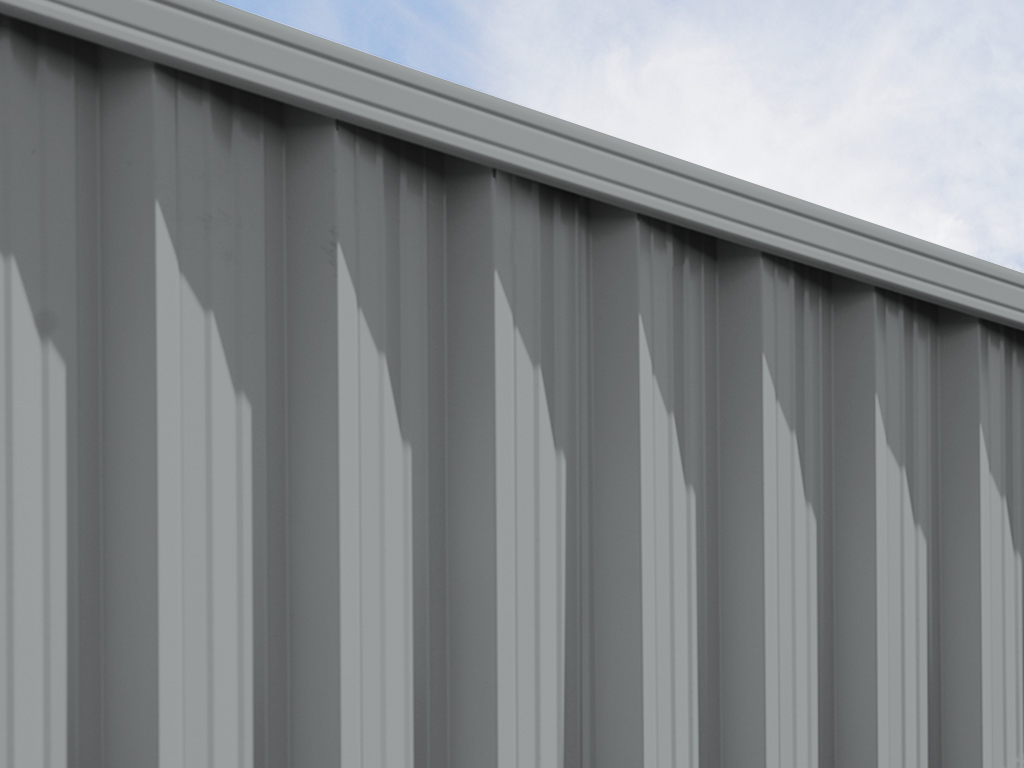How to replace your old insulated roof panels the right way
Find out how you can replace your old insulated roofing panels with brand-new ones.
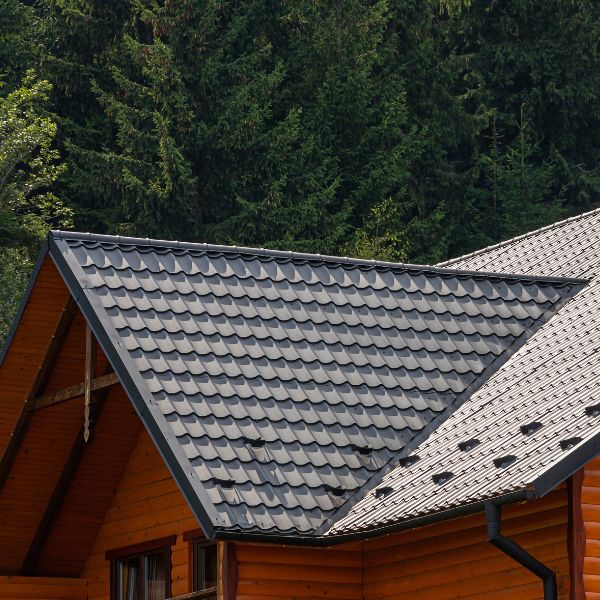
Out with the old, in with the new
Insulated roof panels offer a plethora of benefits, such as improved thermal control, reduced electricity consumption and being very lightweight compared to traditional roofing materials.
However, your roofing panels, no matter how great the quality is, may need to be replaced someday due to wear and tear. But replacing old roofing panels isn’t a walk in the park—especially if you don’t have much experience with these kinds of repairs.
How to replace your ageing insulated roof panels
Assess the condition of your roof
Before starting the replacement, carefully inspect your roof. Look for cracks, holes, rust, or corrosion on the panels. Water damage, mould, or deteriorating insulation are signs that a full replacement may be necessary. If you’re unsure about the extent of the damage, consider consulting a professional roofer for advice.
Gather the necessary tools and materials
Ensure you have all the right tools and materials with you before starting the roofing project. You’ll need new insulated roofing panels, measuring tape, a ladder, a safety harness, a drill, screws, roofing adhesive or sealant, a pry bar, a hammer, a utility knife, a caulking gun, replacement flashing, and protective gear.
Prepare the work area
Safety is crucial when replacing an old roof. Always choose a dry, calm day, set up a stable ladder, and wear a safety harness. Next, make sure to clear the work area of debris and obstacles, and lay down a tarp to catch any falling materials. If your roof is steep or high, consider using scaffolding for added security.
Remove the old panels
Remove the old panels at the edge and work inward. Use a pry bar to lift the panels or a drill to remove screws, taking care not to damage the underlying structure. Inspect the insulation beneath; if it’s in good condition, you may reuse it, but damaged insulation should be replaced. Dispose of the old panels responsibly.
Inspect and prepare the roof deck
With the old roofing panels removed, inspect the roof deck for any signs of damage such as rot, cracks, or warping. Address any issues before installing new panels to ensure a solid foundation. Clean the roof deck thoroughly to remove dirt, debris, or old adhesive, ensuring a clean surface for the new roofing panels.
Install the new roof panels
Install the panels at the roof’s edge, working inward. Measure and cut the panels to fit, then apply adhesive or sealant to the underside before placing them on the roof deck. Secure each panel with screws, making sure not to over-tighten. Finally, seal the seams between panels with a caulking gun to create a watertight seal.
Install flashing and finishing touches
Install or replace the flashing around the roof’s edges, chimneys, and vents to prevent potential water leaks. Ensure the flashing is properly aligned and sealed against the panels. After installing the flashing, give the new roof a final inspection, checking for any gaps, loose screws, or areas needing additional sealant.
Clean up and dispose of waste
Once the installation is complete, clean up the work area by removing debris, tools, and leftover materials. Dispose of old panels, insulation, and other waste responsibly. Afterwards, check the surrounding area for any nails or sharp objects that may have fallen during the installation and remove these to prevent accidents.
ClickSteel—get the best quality roofing products in Australia
At ClickSteel, we offer some of the best steel roofing products in Australia. From insulated roof panels to guttering, we bring you an extensive selection of high-quality steel products supplied by leading manufacturers like COLORBOND and ZINCALUME.
Also, if you need help installing your new roofing panels, just let us know and we’ll set you up with a tradesman. So visit our online store today and explore a great selection of roofing materials and products today!
Our partner brands
See what our customers say about us
“We love ClickSteel for their wide range of Colorbond steel building products. We chose from a range of colours, and ordered the exact length we needed. As diehard DIY’rs, we know we can order anytime and it will be delivered to our doorstep within 5 days.”

“Before we found ClickSteel we’d have to wait for quotes on “Special Orders” and then more for the delivery. Now with ClickSteel I don’t need to wait. I simply jump online : order custom lengths, and enjoy delivery in 48hours!”
Click & Collect
You can now buy COLORBOND fencing supplies and pick them up at your nearest ClickSteel outlet!
Frequently asked questions
Insulated roofing panels typically consist of metal (such as steel or aluminium) on the exterior layers and foam insulation (such as polyurethane or polystyrene) on the core. Some panels may also include other materials like fibreglass or mineral wool for added insulation.
Yes, insulated roofing panels are designed to perform well in various climates. They offer excellent thermal insulation, which helps in both hot and cold environments, making them suitable for a wide range of applications.
Yes, insulated roofing panels can help reduce noise transmission, both from outside sources like rain and wind and from within the building. The insulation layer acts as a sound barrier, providing a quieter indoor environment.

